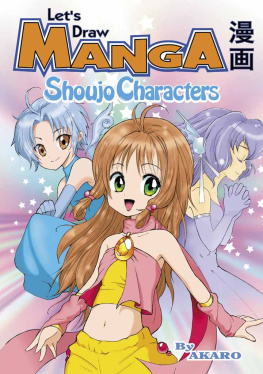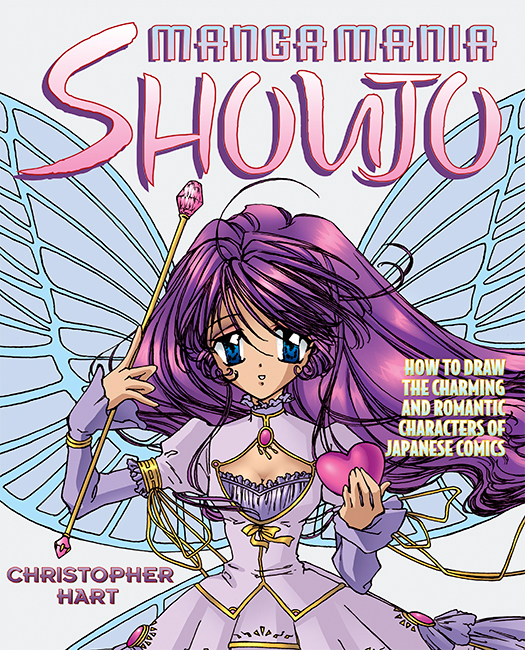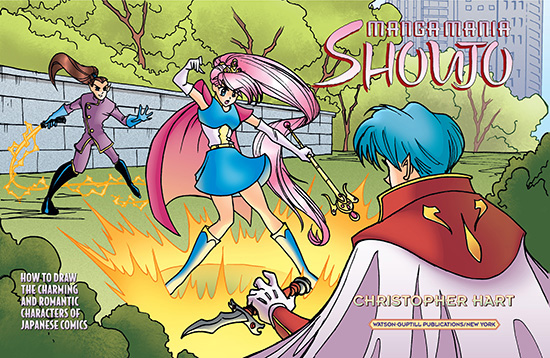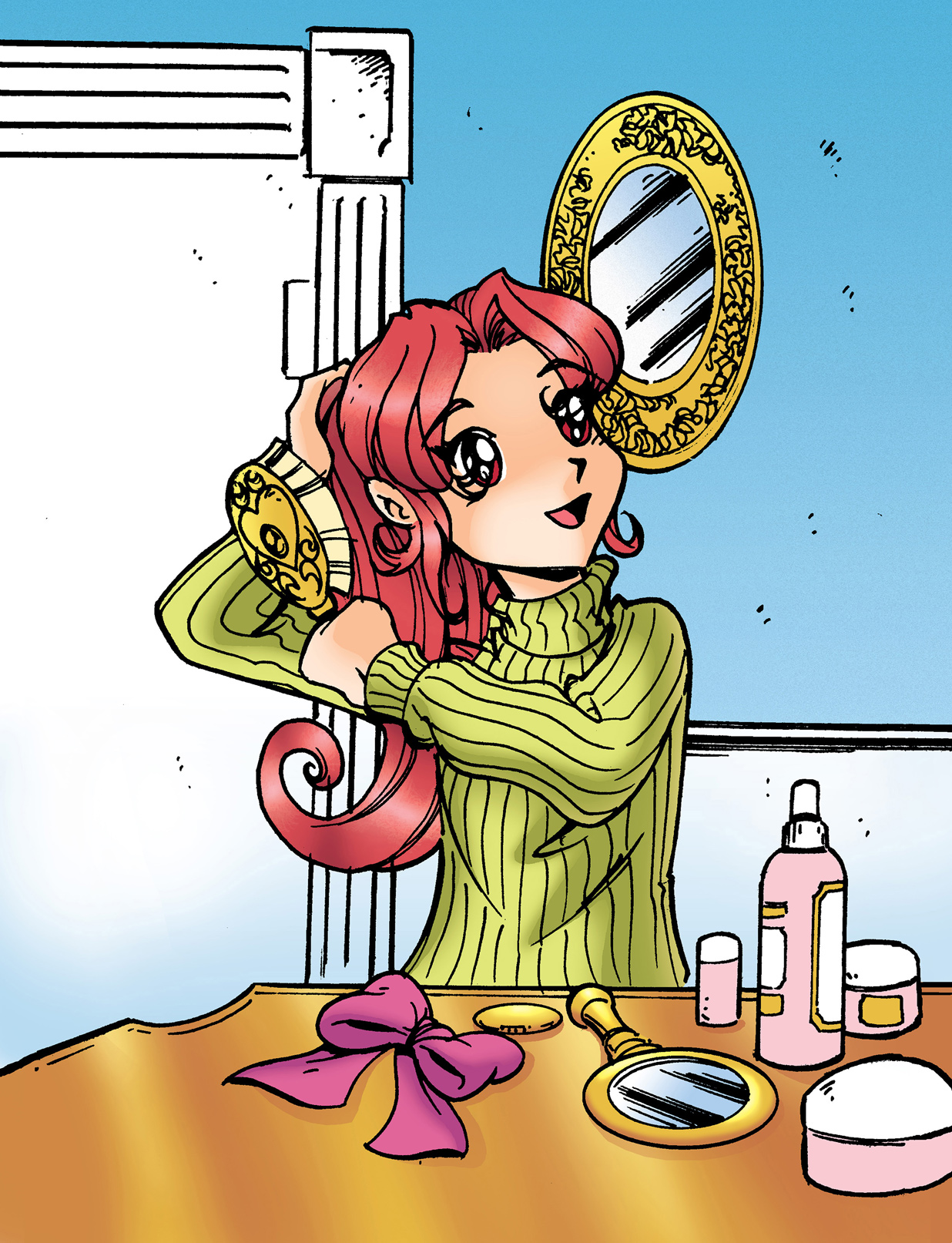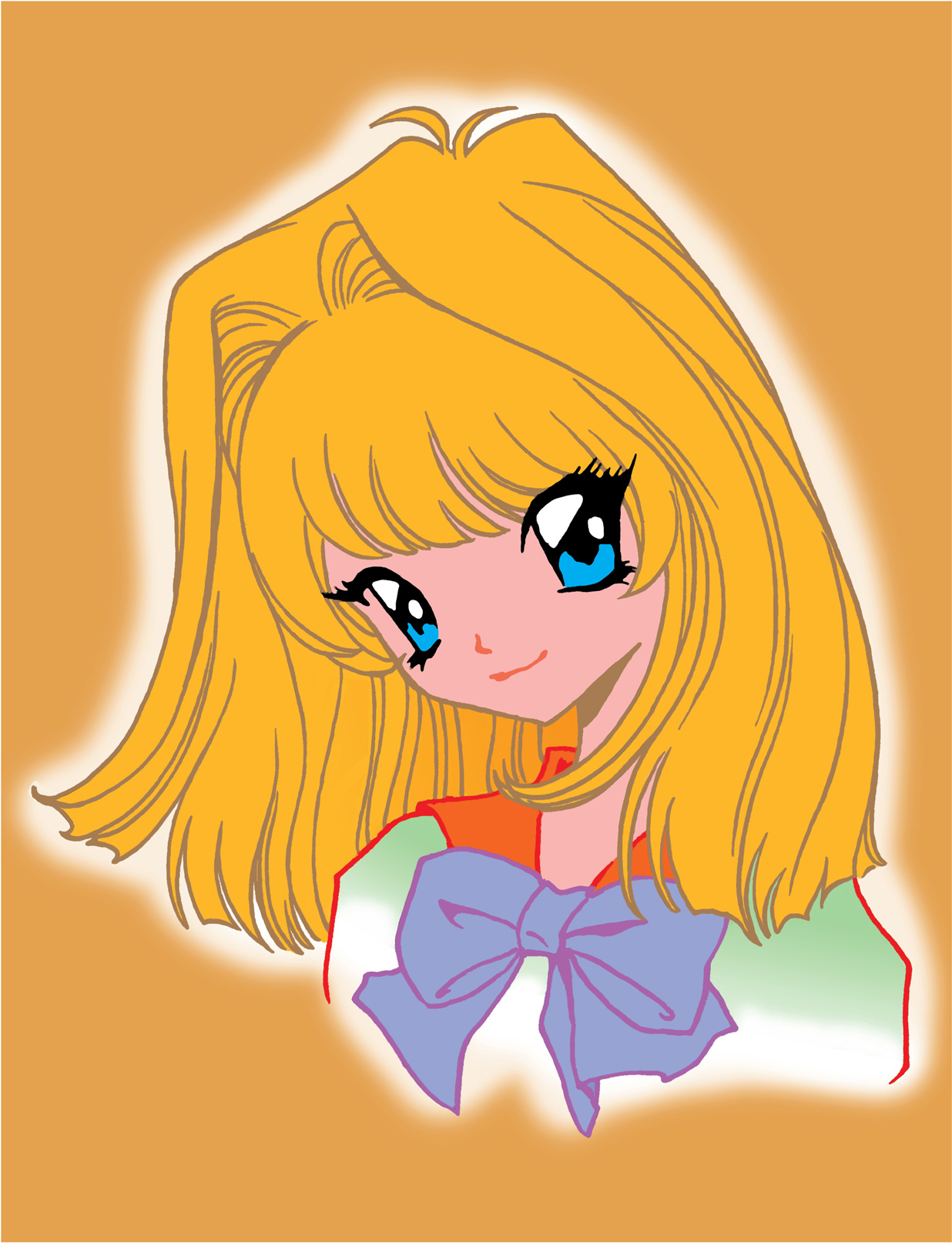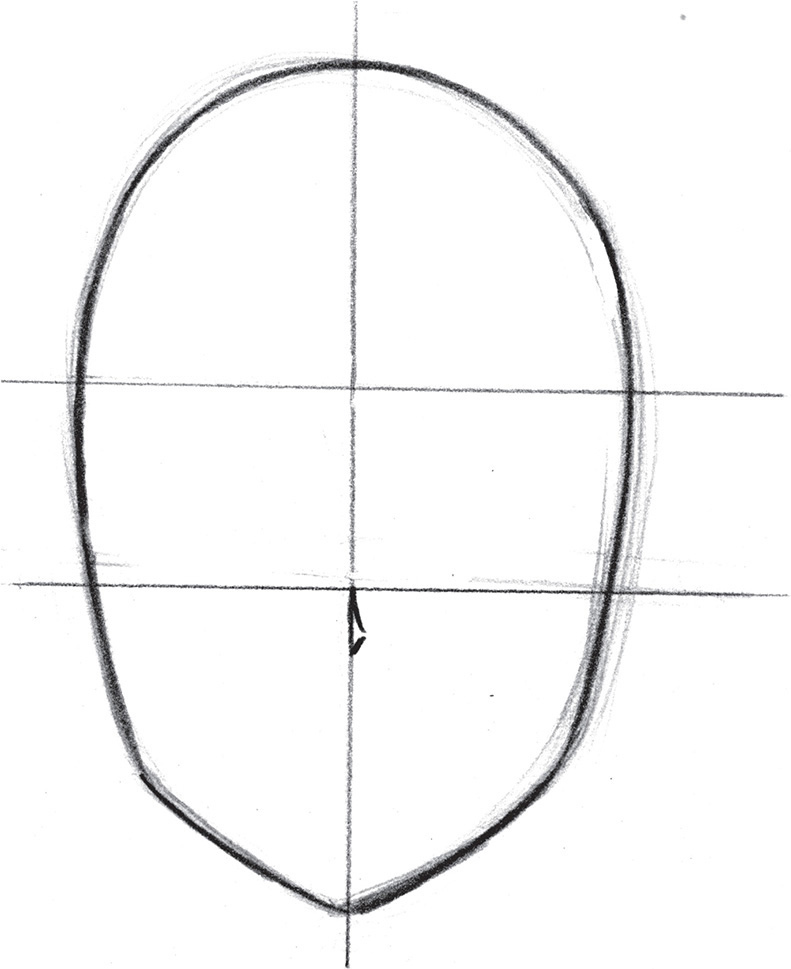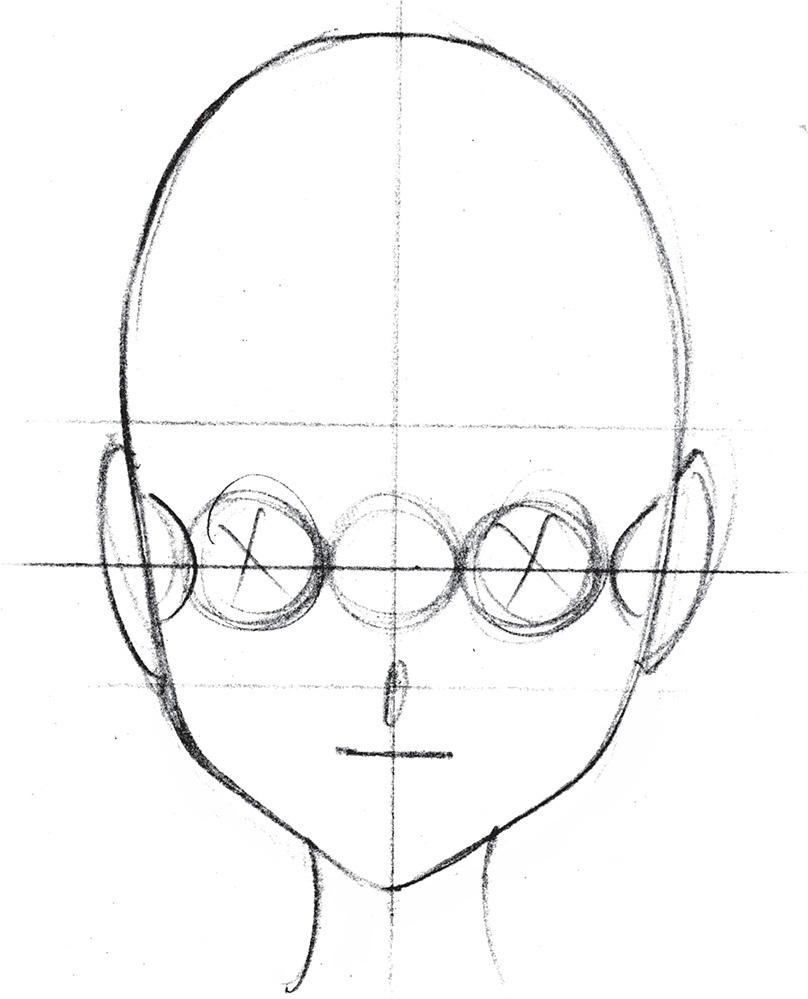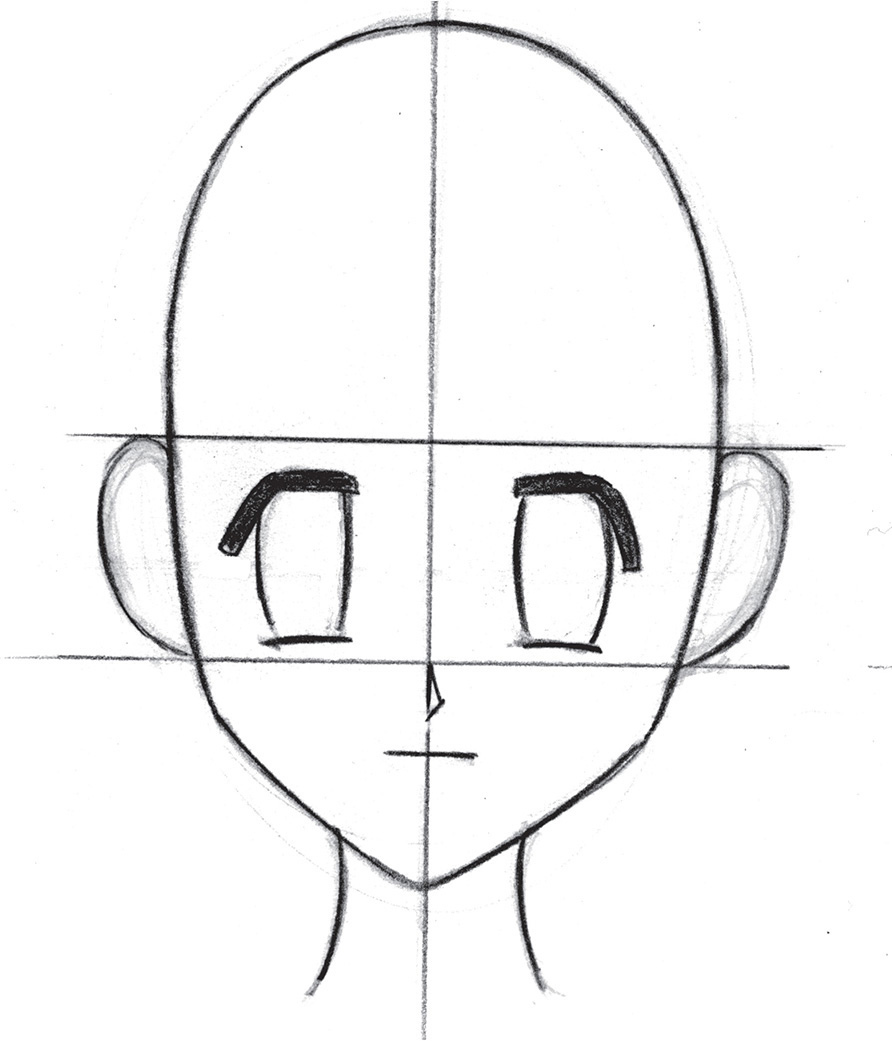Senior Editor: Candace Raney
Project Editor: Alisa Palazzo
Designer: Bob Fillie, Graphiti Design, Inc.
Production Manager: Hector Campbell
First published in 2004 by Watson-Guptill Publications Crown Publishing Group, a division of Random House Inc., New York
www.crownpublishing.com
www.watsonguptill.com
Copyright 2004 Star Fire, LLC
Library of Congress Cataloging-in-Publication Data
Hart, Christopher.
Manga mania shoujo : how to draw the charming and romantic characters of Japanese comics / Christopher Hart.
p. cm.
Includes index.
ISBN 0-8230-2973-5 (pbk.)
1. Comic books, strips, etc.JapanTechnique. 2. cartooningTechnique. 3. Comic strip characters. I. Title.
NC1764.5.J3H36938 2004
741.50952dc22
2003023048
All rights reserved.
Trade Paperback ISBN: 978-0-8230-2973-0
eBook ISBN: 978-0-7704-3489-2
CONTRIBUTING ARTISTS:
Denise Akemi:
Craig Babiar:
Svetlana Chmakova:
Lee Duhig (color):
Bob Fillie (color):
Christopher Hart: (color)
Romy:
Atsuko Ishida:
Jin Song Kim:
Sam Lotfi:
Color by Brimstone, with the exception of pages colored by Vaughn Ross
v3.1
To my readers, for whom these books are written. I hope that you not only learn from this tutorial but are inspired to create.
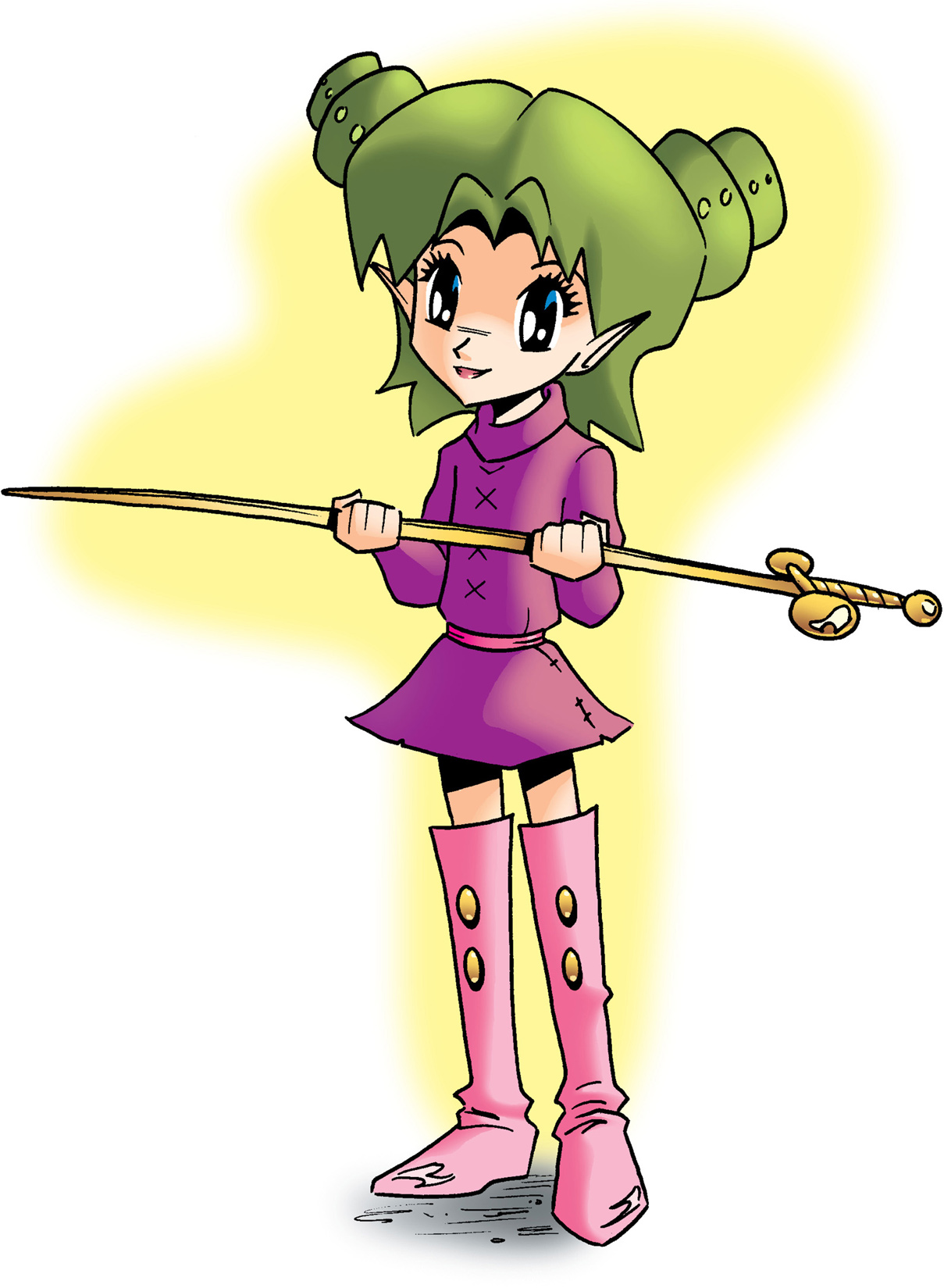
Contents
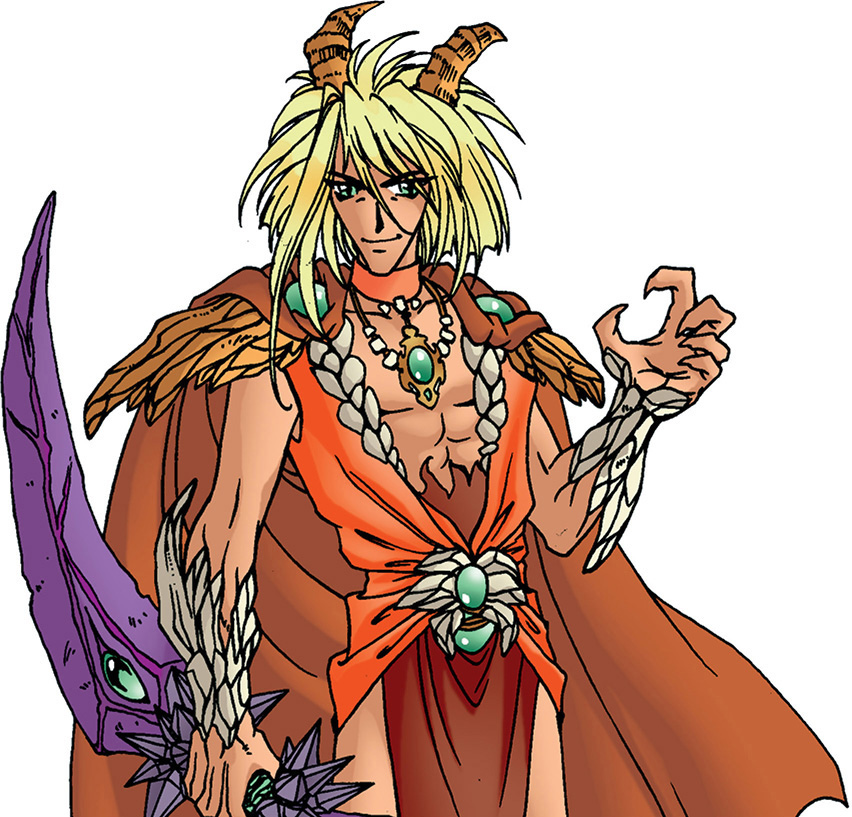
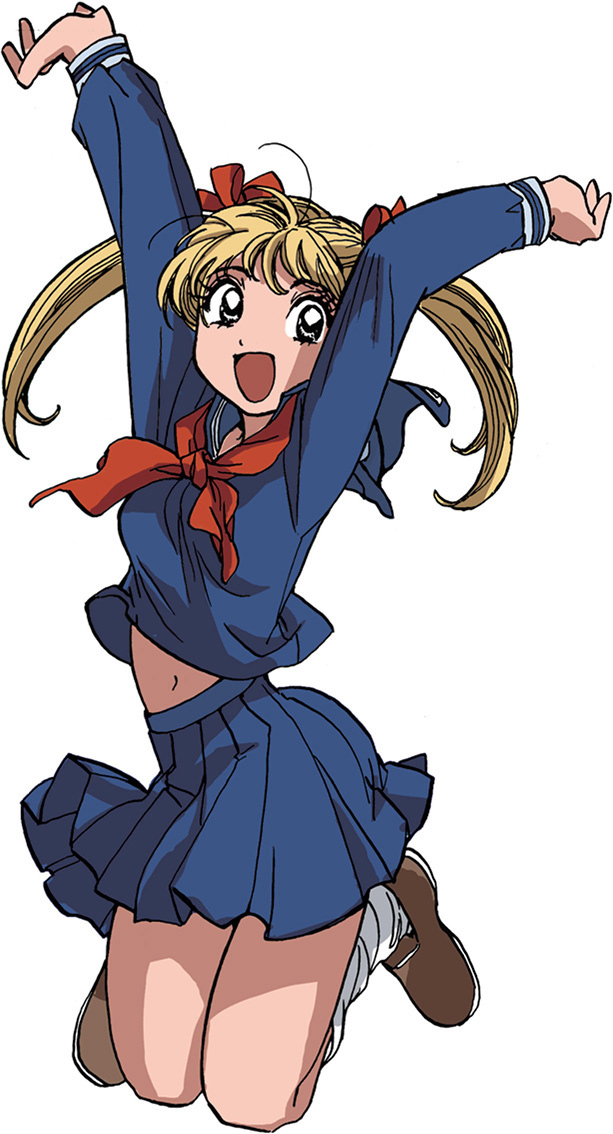
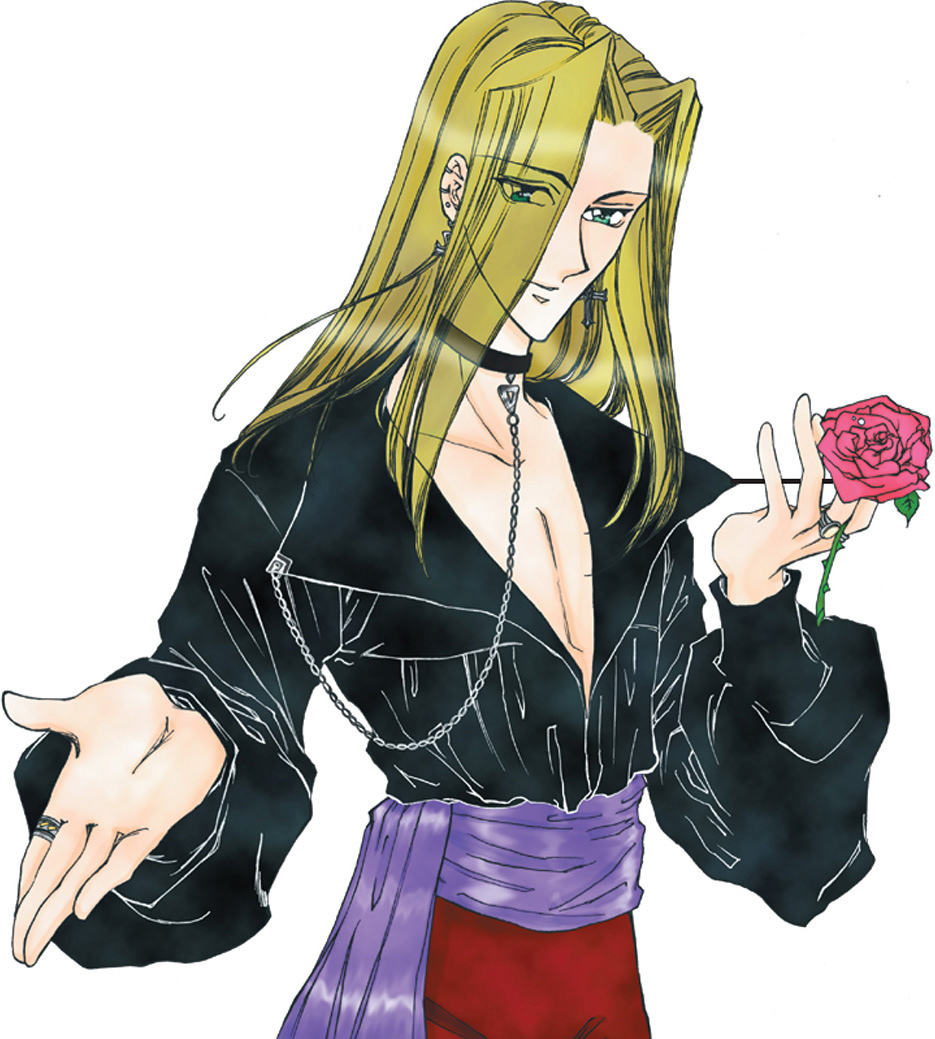
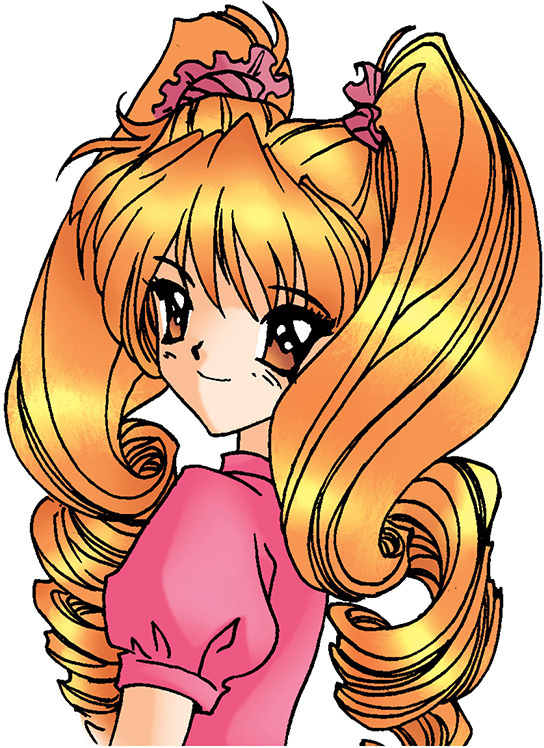
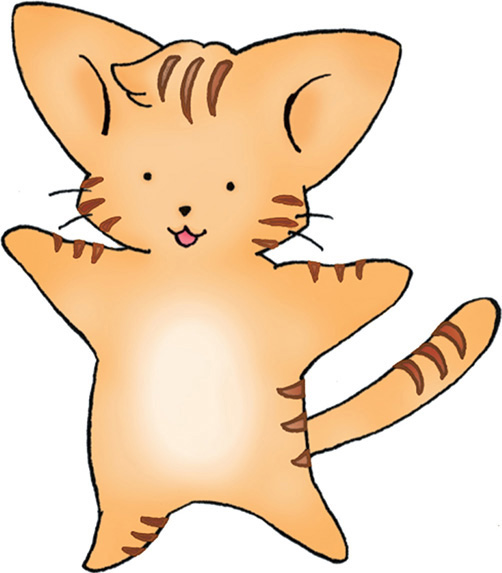

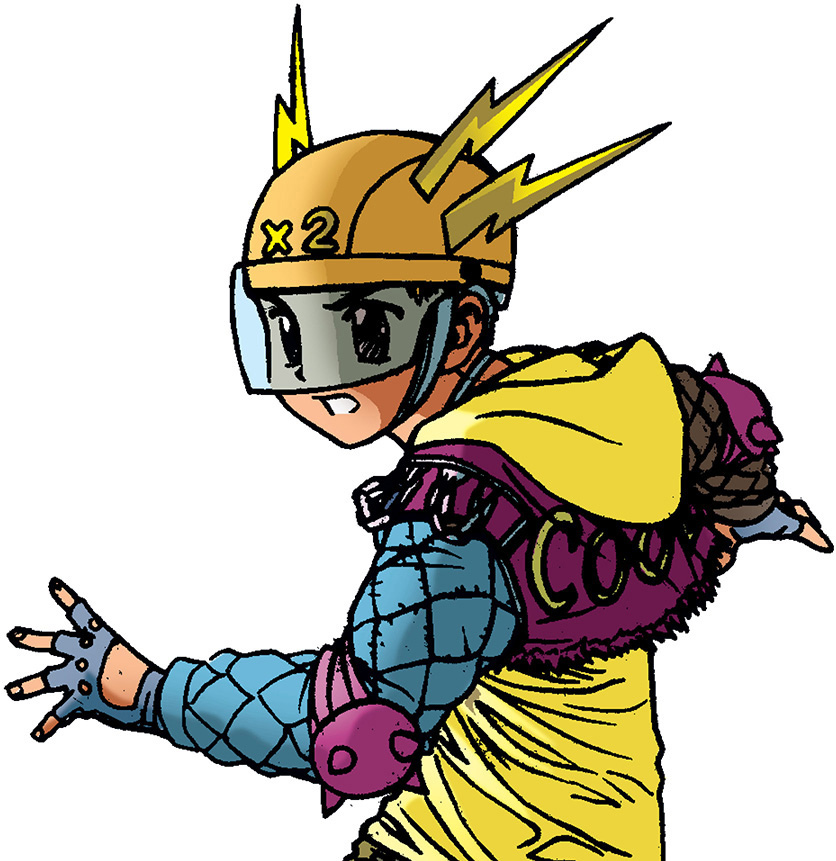
INTRODUCTION
Shoujo is perhaps the best-loved, most recognizable manga style in the world. Famous for the huge brilliant eyes of its characters, shoujo is one of the few comics categories that appeals as much to girls as it does to boys. The faces of the characters are young, sweet, and charmingenchanting, some would even say. The clothes and hairstyles are full of beauty and grace. And while many other styles of manga focus on battles and fight scenes, the shoujo genre concentrates on relationships and adventure. To be sure, there are exciting action scenes in shoujo, especially in the popular Magical Girl subgenre, but even with that, the characters are drawn as real people with real problems that teenagers relate to.
This book is a complete and thorough guide to drawing the world of shoujo manga. It is my intention that you are not only exposed to the rich variety of characters and subgenres that make up shoujo, but that you develop real skill in drawing manga as a result of reading this book. Thats why youll find more step-by-step instruction here than in most other books on manga. Drawing lessons are broken down into steps and principles that aspiring artists can follow with ease. Youll gain insights into drawing and improve as a result.
Shoujo is a huge category, and it consists of many popular subgenres and character typesall illustrated here in abundanceincluding: Magical Girl, bishies (the boy teen idols of manga), furry characters and mascots, period dramas, school-age dramas, and even the super cute chibis! There are also sections on the amazing eyes of shoujo characters, poses, expressions, costume design, use of shadows, foreshortening, and how to use speech balloons. Rounding things out is a dazzling section on computer coloring that covers all the principles for creating, scanning, and coloring your manga works.
If you love shoujo, and you like to draw, you cant miss by picking up this book. The keys to drawing the most famous manga genre are now at your fingertips. Lets get started!
THE BASICS
Shoujo has a unique look, making it the most internationally recognized style of manga. Its instantly appealing. Why is that? This is the question we must answer in order to successfully draw in the shoujo style and create winning characters.
Shoujo characters are typically young, sweet, pretty, enchanting, cute, and magical. They abound with charm and charisma. And, its the artists job to translate these descriptions into figures.
Shoujo girls Head
Shoujo characters have a youthful, charming look. Start with a young head shape; both young and cute characters have large foreheads and small jaws. Make sure that the eyes are BIG. Big shiny eyes are the trademark of all shoujo characters. By contrast, the nose and mouth should be small and subtle.
Start with an oval head shape. Place a vertical guideline marking the center of the face. Sketch in one horizontal guideline on which to place the eyes (the lower line above) and another on which to place the eyebrows (the upper line above). This is what artists do to keep the features even. Place the eye guideline low on the face (below the halfway point).
Add another horizontal guideline underneath the other twojust above where the jaw begins to narrow toward the chinto indicate the nose placement. Sketch in the ears, which stretch from the eyebrow guideline down to the nose guideline. Pencil in the eyes. Normally, the head is 5 eye widths wide, but since the eyes of shoujo characters are so large, the head is only 4 eye widths apart here. Note that theres 1 full eye width between the eyes and 1/2 an eye width on the outer side of each eye.


